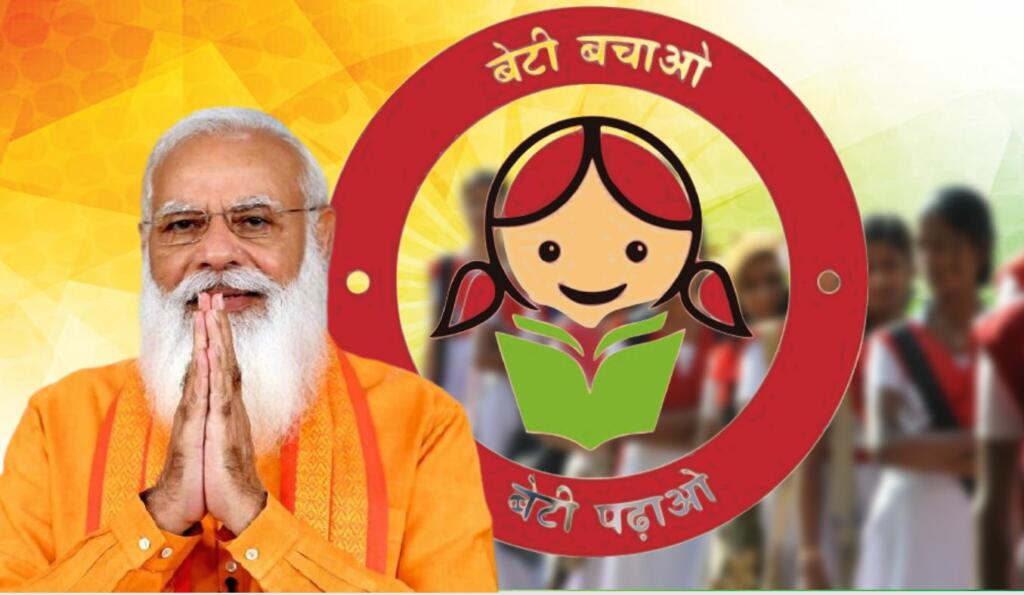In what can be termed as a humongous achievement, the sex ratio data released by the National Family Health Survey (NFSH) 2019-21 under the stewardship of the Union Health Ministry on Wednesday has given 1020 reasons to smile to citizens across the country.
The survey has revealed that India’s sex ratio has improved in 2021, having 1020 females to every 1000 males. Meaning, per 1000 males, there are 20 extra females which is a massive improvement considering where we were before the current regime came to power.
The fieldwork for NFHS-5 was conducted in two phases by 17 field agencies. Phase 1 was from June 17, 2019-January 30, 2020. Phase 2 was from January 2, 2020-April 30, 2021. NFHS-5 had gathered information from 636,699 households, 724,115 women and 101,839 men.
Vikas Sheel, additional secretary, Union Ministry of Health and Family Welfare, and mission director of National Health Mission, was quoted as saying after the announcement of finding, “The improved sex ratio and sex ratio at birth is also a significant achievement; even though the real picture will emerge from the census, we can say for now looking at the results that our measures for women empowerment have steered us in the right direction,”
When PM Modi took charge, the sex ratio stood at 991 – NFHS:
According to NFHS-3 (conducted in 2005-06), the ratio was equal, that is, 1000:1000. However, in 2015-16, a year after the Modi government first came to power, the sex ratio stood at 991.
Tasked with a mountain to climb, within six years, the government through its targeted ‘Beti Bachao, Beti padhao’ and other flagship women-centric schemes, has managed to turn the tide and achieve the unthinkable.
Beti Bachao, Beti Padhao scheme:
Modi government had launched the Beti Bachao, Beti Padhao scheme to save and empower the girl child in January 2015, a few months after the party came to power. The scheme was allotted an initial fund of 100 crore rupees, and targeted the states with the lowest sex ratios, like the states of Uttar Pradesh, Haryana, Uttarakhand, Punjab, Bihar and Delhi.
A state like Haryana, which performed abysmally bad on the index, has managed to turn a spectacular corner. According to the survey findings, there has been a 57-point rise in the sex-ratio at birth (females per 1,000 males) in the last five years for infant girls in the northern state.
Also read: How Khattar government improved the sex ratio in Haryana
The awareness campaigns included initiatives like organizing ceremonies to celebrate the birth of a girl child at health institutions and villages, unfurling of the national flag by educated girls on Republic Day and Independence Day celebrations, honoring parents of the girl child at village-level celebrations, and observing ‘Female Foeticide Conservation Day’.
Moreover, other events included organizing signature campaign and oath ceremonies against female foeticide in educational institutions and government offices.
Cash awards were provided to villages successful in improving skewed sex ratio, the government organised baby shows, prabhat pheris, celebrated Lohri of the girl child, and appointed girl ambassadors and mascots to create awareness.
Also read: Beti Bachao Beti Padhao changes the nation’s perspective
Other findings of the survey:
Moreover, as reported by TFI, India appears to have diffused the ticking time bomb of population explosion, as the total fertility rate (TFR) or the average number of children born to a woman over her lifetime, has fallen down below the replacement level to 2.
According to data released, the replacement level (the level at which parents are replaced by their children) has been estimated at 2.1
Also read: Hindus have a fertility rate that will turn them into minorities in India
The sample survey and its findings have been encouraging, and the experts believe that a similar trend might be seen in the census results.
